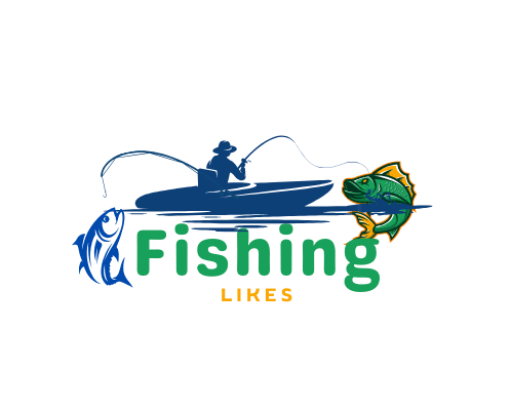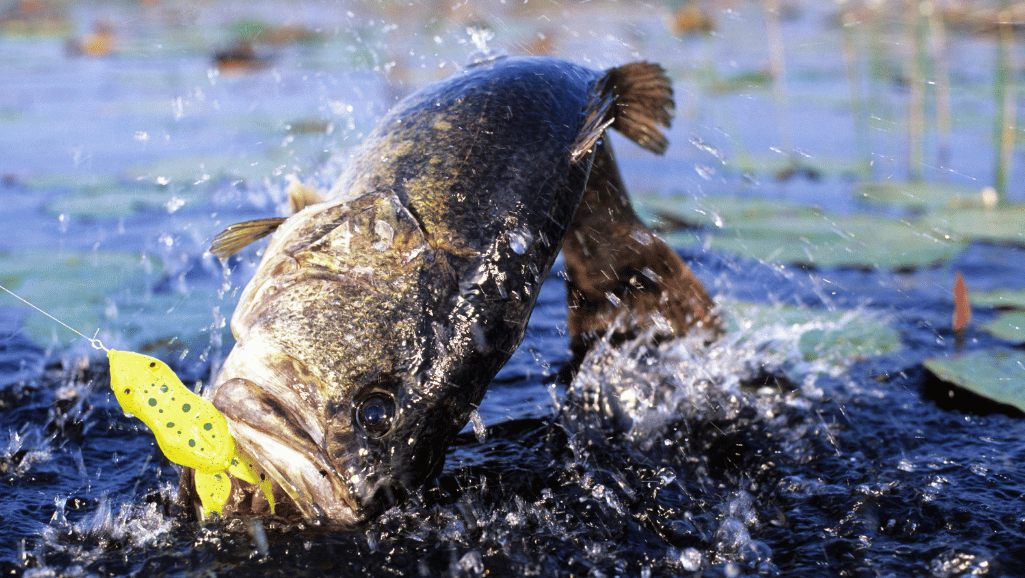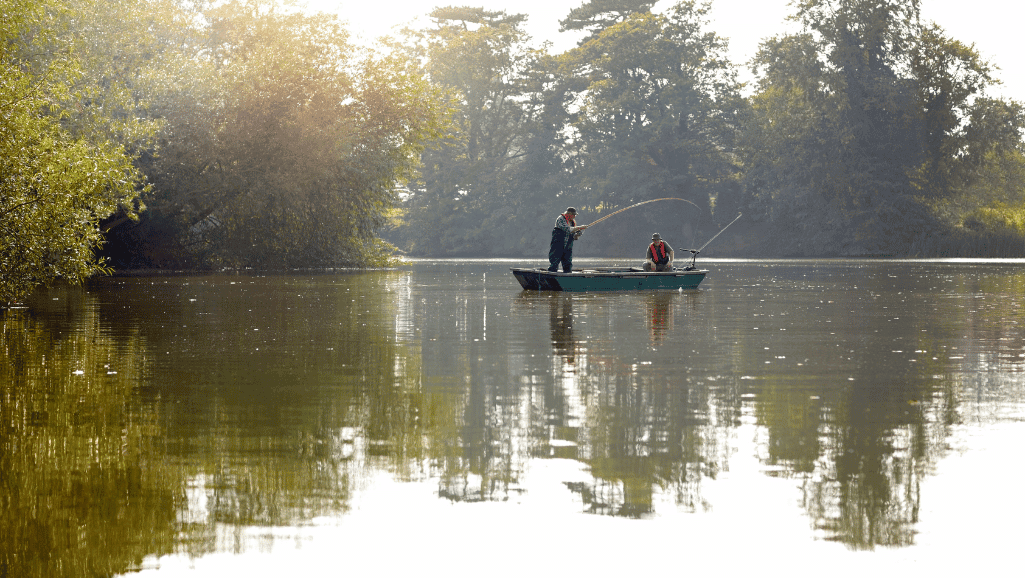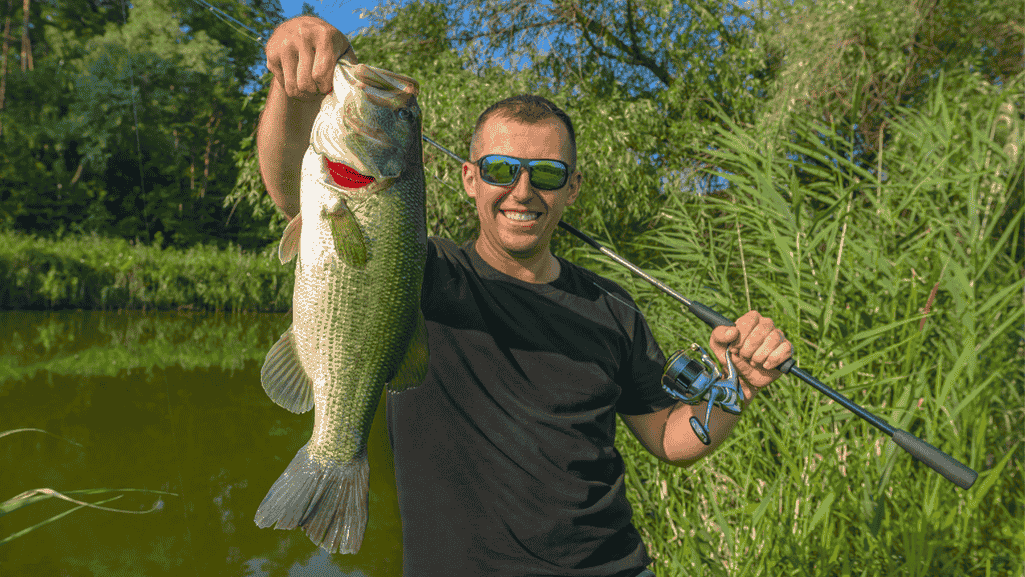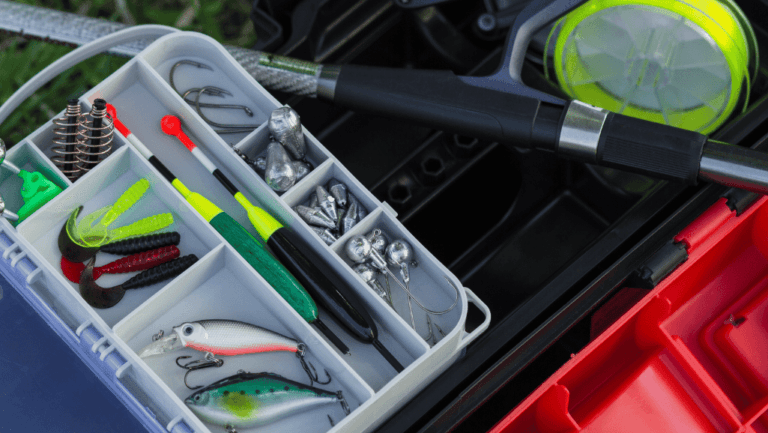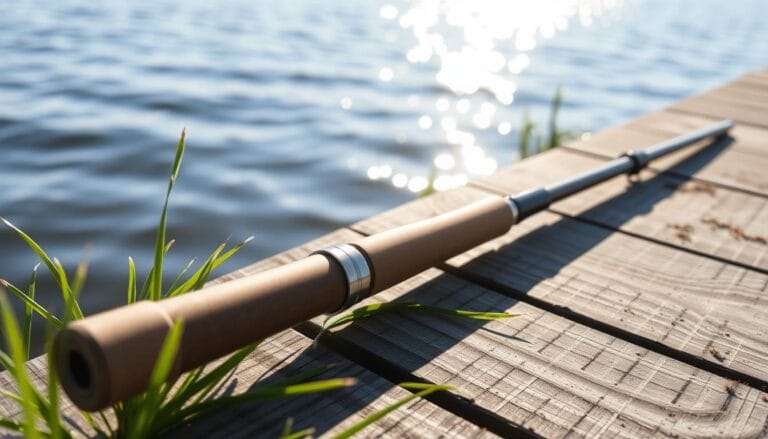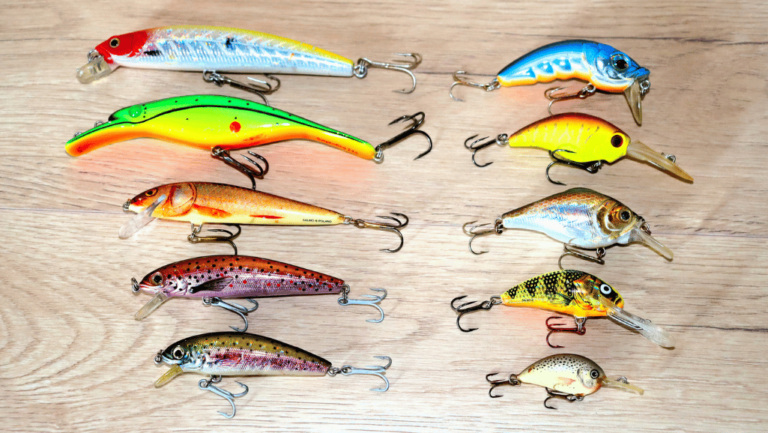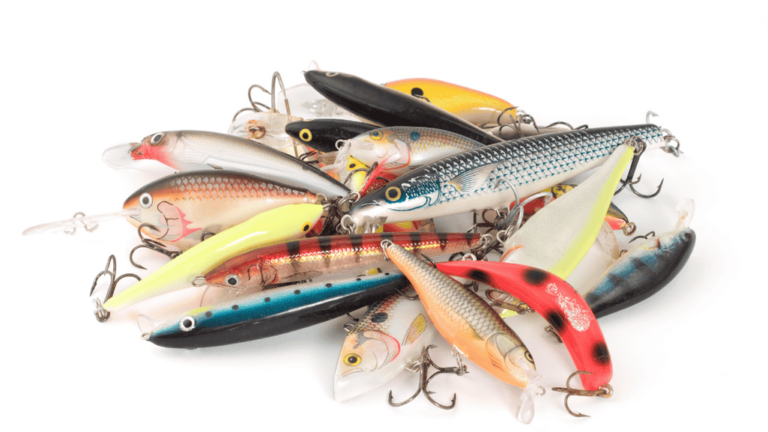Bass fishing is more than a hobby for many; it’s a passion and a way of life. Whether you’re experienced or new, catching largemouth and smallmouth bass requires knowledge. We’ve spent over 50 years learning how to catch more and bigger bass with different lures and techniques.
Legendary anglers like Ray Scott and modern champions like Mike Iaconelli have changed bass fishing. Techniques like the Carolina rig and Alabama Rig have transformed fishing in various conditions. Knowing when and how to use these, along with the right line and lures, can greatly improve your success.
In this guide, we’ll explore bass behavior, habitats, and seasonal movements. We’ll also discuss the best times and places to fish, including low light and spring patterns. From spinnerbait fishing to finesse techniques, we’ll cover everything you need to know. So, grab your gear and let’s start your journey to becoming a better bass angler!
Key Takeaways
- Understanding bass behavior, habitat preferences, and spawn cycles is crucial for consistent success
- Mastering various fishing techniques, such as the Carolina rig, drop shot rig, and Alabama Rig, can help you adapt to different water conditions and seasons
- Selecting the right fishing line and lures for each technique is essential for maximizing your catch rate
- Timing your fishing trips around low light conditions, seasonal patterns, and productive fishing spots can increase your chances of landing trophy bass
- Continuously learning and adapting to new techniques, like finesse fishing with Ned rigs and shaky heads, can help you stay ahead of the curve in the ever-evolving world of bass fishing
Understanding Bass Behavior and Habitat
To catch largemouth bass, knowing their behavior and habitats is key. Learning about their seasonal movements, feeding habits, and growth patterns helps. This knowledge improves your bass fishing tips and techniques.
Seasonal Movements and Feeding Habits
Largemouth bass are most active when water is between 60°F and 75°F. In warmer months, using moving baits and fast retrieves works well. As seasons change, bass move from deep water to shallower areas to feed before spawning.
Bass hide in cover to ambush prey. They like structures like docks, brush piles, and natural features. They also prefer areas with good oxygen levels and prey, like inlets and channels.
Spawning Cycles and Growth Cycles
Largemouth bass spawn once a year when water is over 60°F. They build nests in hard bottoms three to five feet deep. Bass growth depends on water quality, season length, and food availability.
Females are usually heavier than males. A big bass is five or six pounds. The record bass was 22-1/4 pounds in Georgia. Northern lakes can have bass over 14 pounds.
Preferred Bass Habitats and Structure
Bass seek out structures for cover and food. Key habitats include:
- Stumps and standing timber
- Laydowns and grass beds
- Lily pads and docks
- Rock piles and points
- Shoreline drop-offs and submerged vegetation
Current affects bass positioning. Structures that block or redirect flow create ambush spots. Fishing around these spots and understanding bass behavior can boost your success.
Best Times and Locations for Bass Fishing
Seasoned bass anglers know timing and location are key. Knowing the best times and places can help you catch big bass. We’ll look at the best times and places to fish, including light conditions and bass spawning seasons.
Low Light Conditions: Sunrise, Sunset, and Night Fishing
Bass are most active in low light, like sunrise, sunset, and night. They can sneak up on prey easily. The best times are dawn and dusk when it’s 60 to 80 degrees.
Spring and Early Summer Fishing
Spring and early summer are great for bass fishing. Bass are hungry before they spawn. In warmer water, they move to shallow areas to spawn. Fishing during these times can be very successful.
Identifying Productive Bass Fishing Spots
Good spots for bass fishing are in ponds, streams, and lakes. Look for places with lots of cover and clear water. Bass like areas with fallen trees and weeds.
Insider Tip: Focus on fishing in hard-to-reach places where most anglers miss or are hesitant to cast due to the risk of getting snagged. Bass often seek shelter in these less-pressured areas.
Fishing in Current and Around Cover
Current affects bass behavior and where they feed. Bass hide in current breaks to ambush prey. Fishing in current and around cover can be very effective.
Knowing the best times and places to fish can improve your chances. Whether fishing from shore or a bass boat, keep these tips in mind. Adjust your gear and techniques for the conditions you face.
Essential Bass Fishing Techniques

Learning different bass fishing techniques is key to success. You’ll need to practice methods like topwater fishing and pitching. Seasoned anglers know how to adapt their techniques to the fishing conditions.
Spinnerbait Fishing Around Wood Cover
Spinnerbaits are great for fishing around wood. They have a spinning blade that attracts bass. Look for submerged logs and stumps, as bass like to hide there.
Vary your speed and try different blade sizes and colors. This will help you find what bass like best.
Topwater Fishing with Frogs Over Matted Vegetation
Topwater fishing is exciting, especially in warm weather. Frogs are perfect for fishing in thick vegetation. They don’t get stuck in the weeds.
Use a heavy rod and reel with braided line. This helps you set hooks well and pull bass out of thick cover. Move the frog slowly and twitch it occasionally to get bites.
Finesse Fishing with Ned Rigs and Shaky Heads
When bass are picky, use finesse techniques like Ned rigs and shaky heads. These use small baits on lightweight jigs or hooks. Ned rigs are simple but effective.
For shaky head fishing, use a worm on a jig head. Fish it slowly along the bottom. Add subtle shakes to entice bites.
Deep Water Fishing with Drop Shot Rigs
Drop shotting is great for deep water. It uses a small bait above a weight. This lets you fish at precise depths.
Use a sensitive spinning rod and fluorocarbon line. This helps you feel bites and keep the bait in the strike zone.
Flipping and Pitching Texas Rigged Plastics in Cover
Flipping and pitching are key for fishing in tight spots. Use a heavy rod and baitcasting reel. Texas rigged plastics work well here because they can get through cover easily.
When a bass bites, set the hook hard. This helps pull the bass out of cover before it gets tangled.
Becoming a well-rounded bass angler requires mastering a diverse set of techniques and being able to adapt to various fishing situations. By honing your skills in spinnerbait fishing, topwater presentations, finesse tactics, deep water drop shotting, and flipping and pitching, you’ll be prepared to tackle any bass fishing challenge that comes your way.
Must-Have Bass Fishing Lures and Gear
For bass fishing, the right lures and gear are key. There are many lures out there, but a few are essential for most situations.
Texas-rigged plastics like ribbon tail worms and craws are great. They’re snag-resistant and work for both largemouth and smallmouth bass. These lures are 4 to 6 inches long, perfect for finesse fishing.
Spinnerbaits are a must-have for bass anglers. They work in shallow and deep water, and are easy to use. The Fred Arbogast Hula Popper, from the 1930s, helped create the spinnerbait and jig designs we know today.
Topwater lures like poppers and buzzbaits are great when other lures fail. The Johnson Silver Minnow, a classic, helped fishermen catch bass in heavy vegetation. This led to the development of frog and toad lures.
The Bobby Garland Original Gitzit tube bait, introduced in 1964, became popular for its baitfish-like appearance. It was especially favored by smallmouth bass anglers.
Deep-diving crankbaits are essential for deep water fishing. Jerkbaits are great in cold water. Square bill lures have also become very popular, growing by 50% in the last 15 years.
Having the right gear is just as important as the lures. Seasoned anglers have large tackle boxes and high-quality gear. While beginners can start with basic combos, serious anglers invest in better rods and reels. These can cost 50-100% more than entry-level gear.
Fishing line is also crucial. The right pound test is important for different fishing situations. Monofilament lines are still popular, but braided lines are gaining fans for their strength and sensitivity. A common setup includes a braided main line with a monofilament or fluorocarbon leader.
Knowing which lures to use and how to present them is key. By investing in quality gear and mastering essential lures, anglers can catch more bass. This makes bass tournaments and catch and release fishing more enjoyable.
Conclusion
Bass fishing is a thrilling sport that needs knowledge, skill, and the right gear. Understanding bass behavior and finding good fishing spots are key. Anglers can catch more bass by mastering techniques and adapting to the water.
For better success, fish during the best times and places. Bass like water between 65 and 80 degrees Fahrenheit. They are active in lowlight, at night, and in shaded, deep areas with current.
Dawn and dusk are great for fishing. Night fishing is also effective. Bass seek cooler temperatures and current for feeding.
Choosing the right fishing lures and techniques is crucial. Use finesse baits, deep crankbaits, swimbaits, topwater lures, and big worms. Techniques like spinnerbait fishing and finesse fishing are effective.
Deep water fishing and flipping plastics in cover also work well. Remember, becoming a good bass angler takes time and practice. Keep improving your skills and enjoy the journey.
